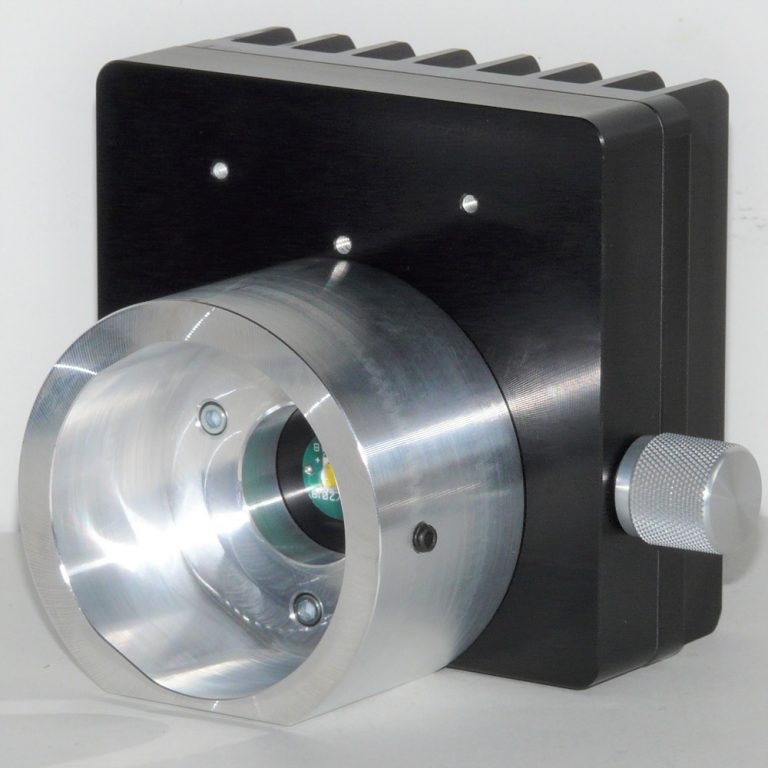Nikon Optiphot LED Replacement Kit
Couldn't load pickup availability
Follow Us Online!
For an official Quote Email us at info@mundaymicroscope.com
International Buyers - Please Request Quote with ship to address
Have questions or need Faster Shipping? Call 919-775-5596
This LED illuminator replaces the original Nikon Optiphot illuminator. Provides a whiter, brighter light than the original, while consuming 90% less energy and generating 90% less heat. Intensity control is continuous from 0-100%. The illuminator for the Optiphot uses the same illuminator as the Nikon Diaphot, with an adapter ring to attach it to the Nikon microscope. Problems with heat damaged bulb sockets, connector and power supply failure are all eliminated. No more bulb replacements. Problems with heat from the halogen bulb are eliminated, as are bulb changes. All the old components for the lighting system are replaced. Don’t buy a new microscope for thousands of dollars because of a bad illuminator. You can keep your perfectly good microscope working for a fraction of the price of an inferior new one. All Nanodyne illuminator systems include the power supply and required cables. Everything required for the illuminator is included. Your new Nanodyne illuminator will add decades of useful life to your microscope.
NOTE: This replaces the Nikon Optiphot 50W illuminator, as shown in the product images. If you have a 100W system, we have a solution for you. However, please contact us to discuss your needs.
- Custom-designed to fit the form factor of the Nikon Optiphot.
- Brightness control potentiometer on the new illuminator is standard. Remote adjustment on an existing control on the microscope available on request.
- Easy installation with instructions and most tools provided.
- All illuminator systems are backed by our 3-year warranty.
Specifications:
- Illuminator Dimensions: 3.25 x 3.50 x 2.89 inch
- Power Requirements: 5 to 24V/10W
- Brightness: 825 lm
- LED Expected Lifetime: >50,000 Hours
- Material: Anodized 6061 T6 Aluminum
Commonly Asked Questions
Please refer to our commonly asked questions section to find out more information about Microscope Marketplace's payment, shipping, return and warranty policies









